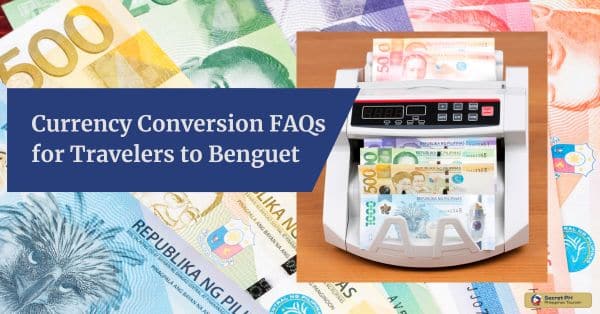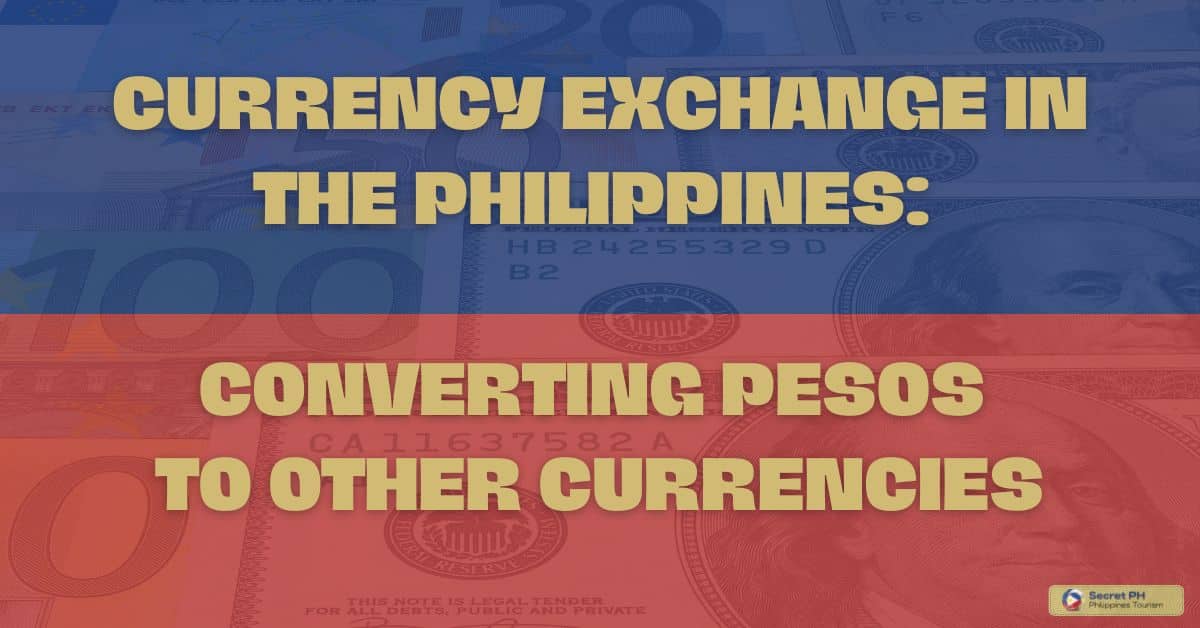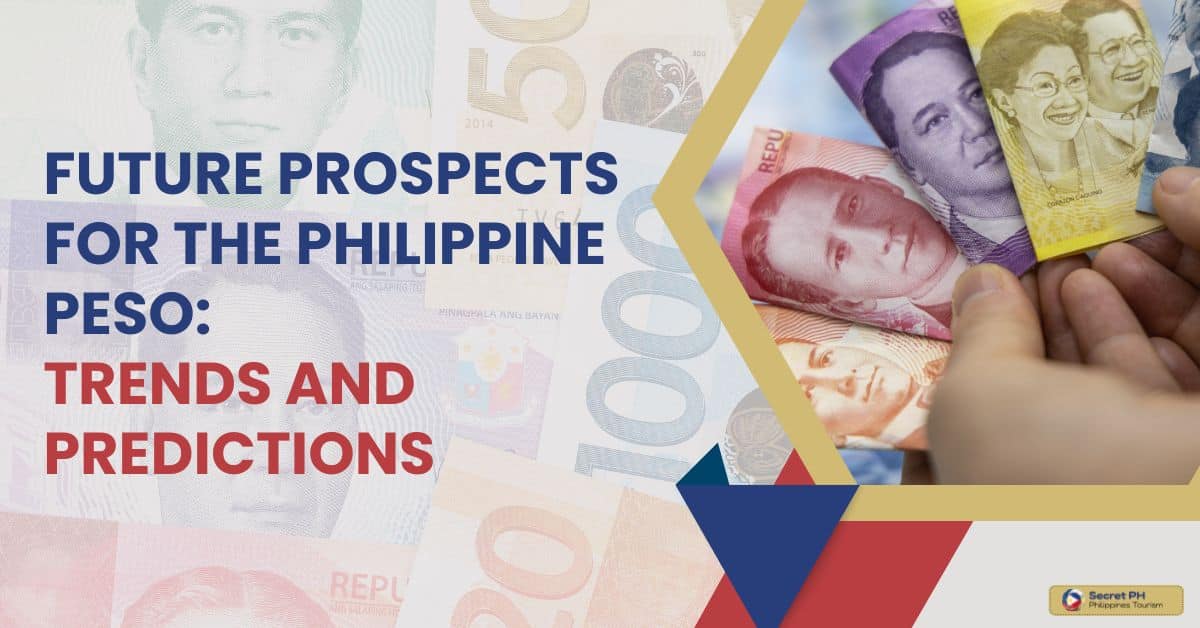The Philippine Peso (PHP) is the official currency of the Philippines and has a long history dating back to 1852. It has played an important role in international trade for centuries, making it one of the oldest currencies still in circulation today.
By understanding aspects such as its value, exchange rate, factors affecting it, and its role in international trade, individuals can make informed decisions about finances in the Philippines.
This article will also discuss its role in international trade, the benefits and challenges of using it, and strategies for strengthening its position in international trade.
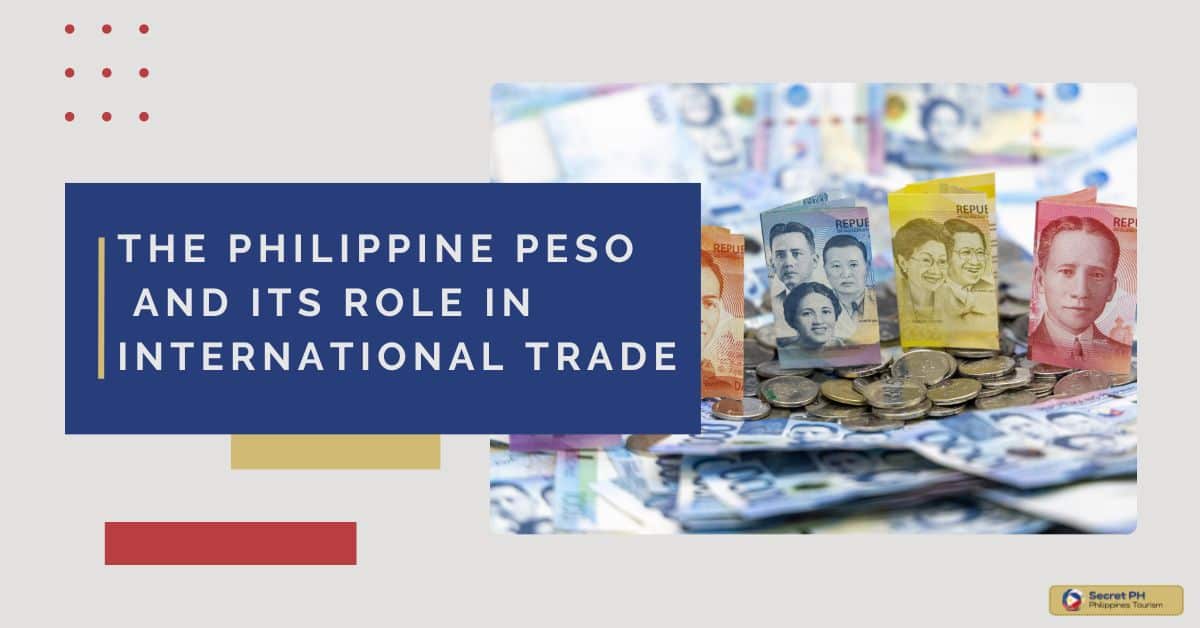
Historical Background of the Philippine Peso
The Philippine Peso has a long history, dating back to 1852 when it was established as the national currency. This was during the Spanish colonial period and its original name “peso” derived from the Spanish word meaning “weight” or “thickness”.
After Spanish rule, the American government took over and sought to reset the currency. Introducing coins with values of 1 centavo, 2 centavos, 5 centavos, 10 centavos, 20, and 50 centavos.
In 1949, the Philippine Peso underwent major reform when it was decimalized into 100 parts per peso. The current coinage system is composed of coins ranging from 1 to 25 centavos, and notes with values of 5, 10, 20, 50 100, and 500 pesos.
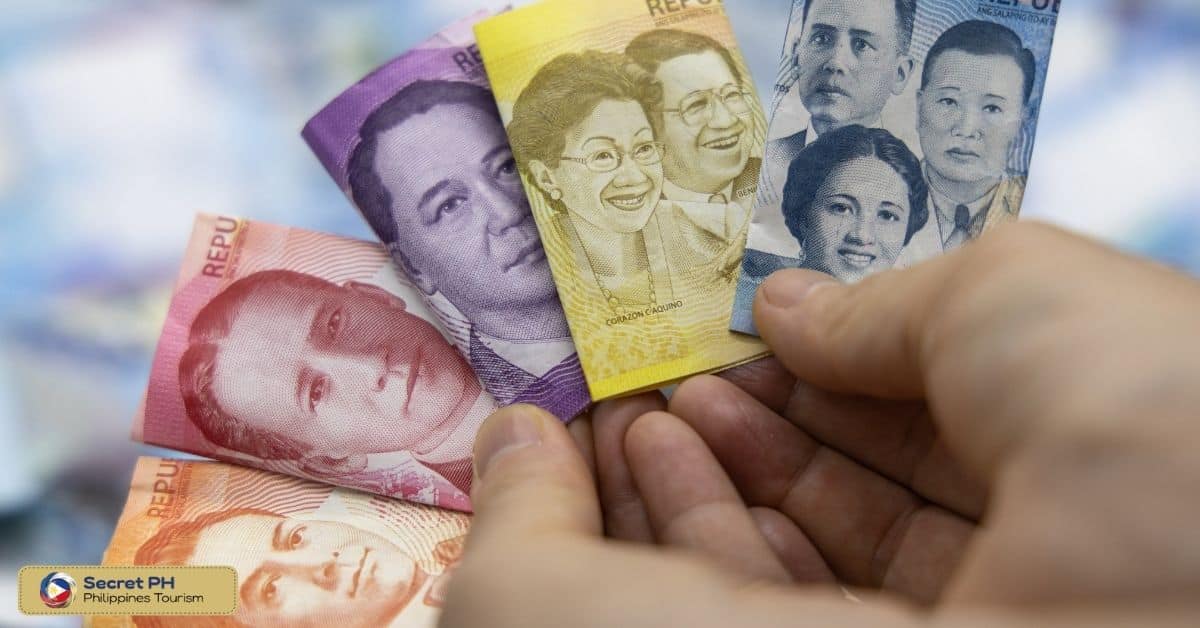
Factors Affecting the Philippine Peso’s Exchange Rate
The exchange rate of the Philippine Peso is determined by a number of factors, most notably its supply and demand in international markets. Among these are economic trends, trade agreements, economic policies, and political stability.
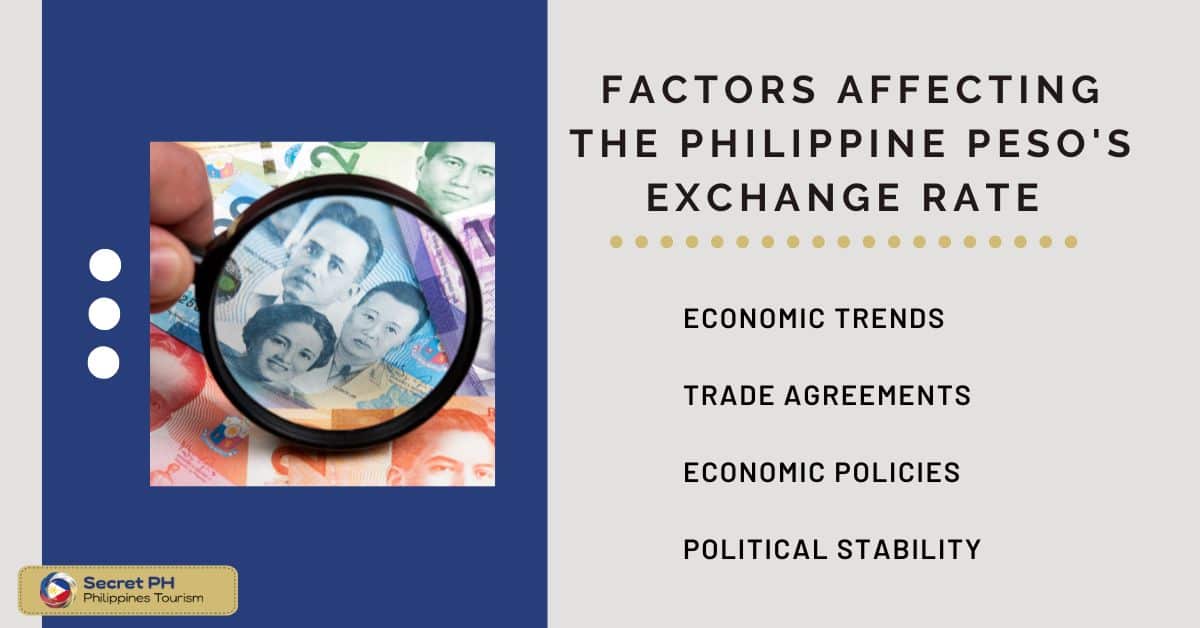
Economic Trends
Economic performance is a major determinant of any country’s currency. As such, the performance of the Philippine economy affects the peso’s exchange rate. For example, if there is an increase in exports, then the currency would appreciate in value and vice versa. Additionally, a higher domestic inflation rate will cause foreign investors to sell off their investments in favor of another stronger currency.
Trade Agreements
The Philippines is part of several free trade agreements with other countries. These agreements dictate the tariffs and quotas that can be imposed on imported goods, which in turn affects the demand for Philippine Pesos abroad.
Economic Policies
The government’s fiscal and monetary policies play a major role in influencing the exchange rate. Fiscal policy refers to taxation and spending while monetary policy deals with controlling the money supply and interest rates. If the government increases taxes or reduces spending, then it would result in a decrease in the money supply, causing the currency to appreciate.
Political Stability
Any changes in political leadership can also affect the exchange rate since they could lead to policy shifts that might impact the economy. For instance, if there is too much political instability, then foreign investors may be dissuaded from investing in the country’s currency.
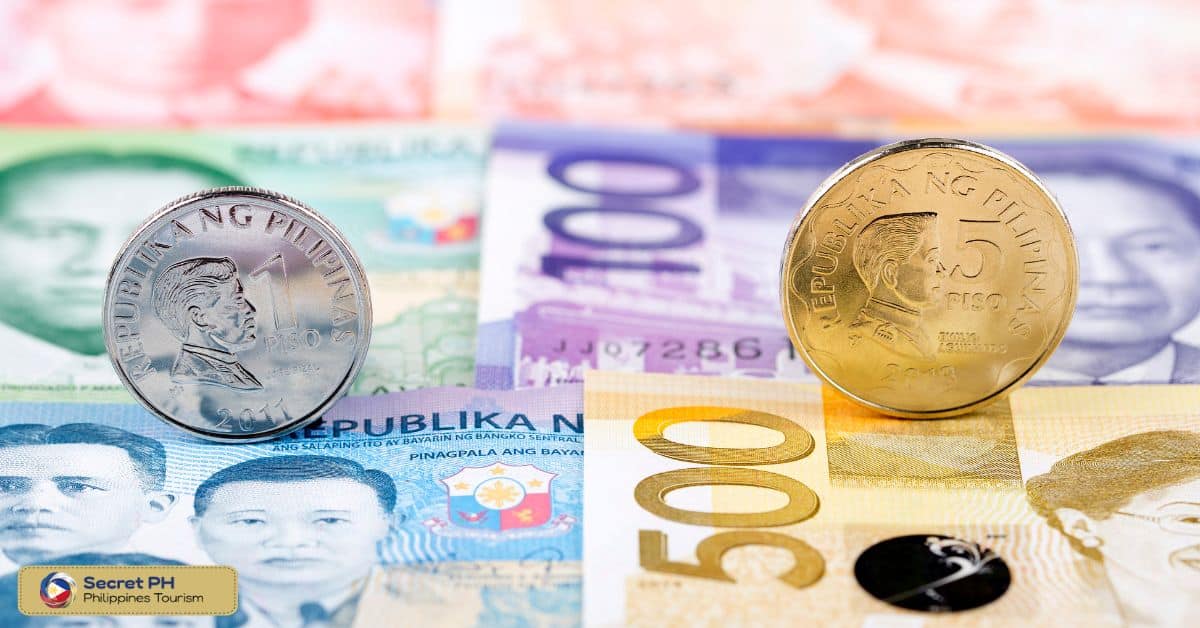
Current Value and Exchange Rate of the Philippine Peso
The current value and exchange rate of the Philippine Peso (PHP) have seen fluctuations over the years but generally remain strong against other major currencies. The currency is currently pegged to an average U.S. Dollar rate of about 50 PHP per one USD.
This means that for every US$1 exchanged, it equates to around 50 PHP. This rate has been relatively stable despite some fluctuations, making it attractive to international traders and investors.
The volatility of the Philippine Peso is mainly influenced by global economic events such as political upheaval, monetary policies, and the performance of other currencies in the international market. Factors such as imports and exports also have an effect on its exchange rate.
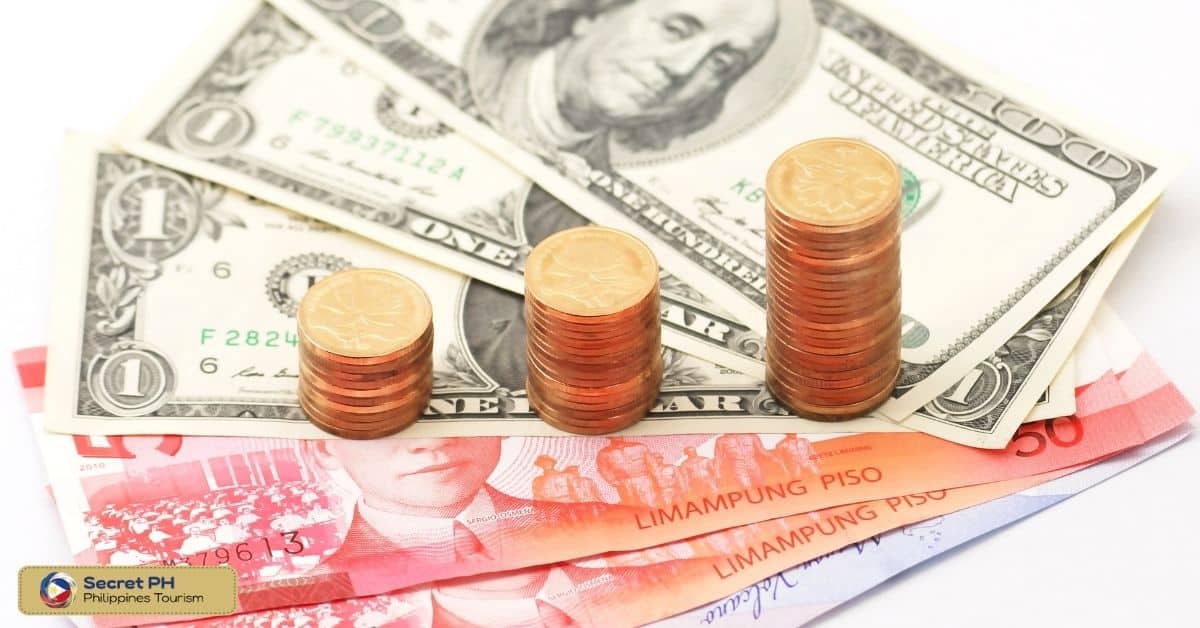
The Philippine Peso’s Role in International Trade
The Philippine Peso (PHP) plays an important role in international trade. It is the official currency of the Philippines and its use in transactions overseas helps to facilitate export and import activities between countries.
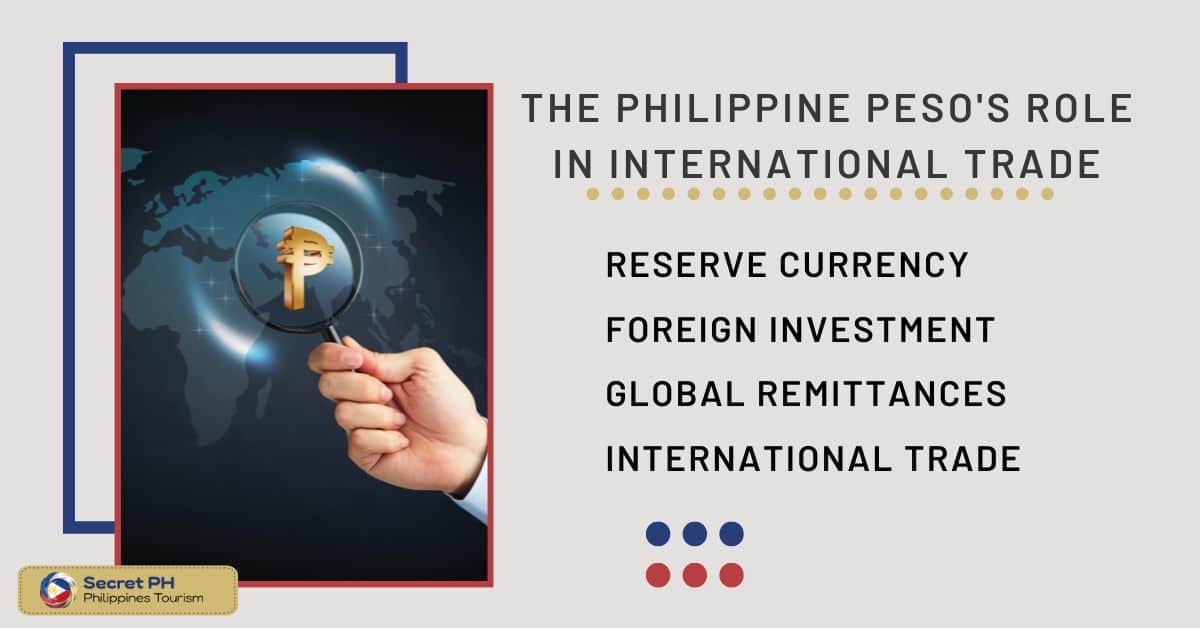
Here are a few ways it contributes to global commerce:
Reserve Currency
The peso is the primary reserve currency of several countries, including the Philippines and neighboring countries like Malaysia, Indonesia, and Singapore. This means that financial institutions from these countries often hold large amounts of pesos in reserve.
Foreign Investment
The Philippine Peso is a popular currency for foreign investors. This includes both individuals and corporations from other countries who seek to invest in the Philippines’ economy and its businesses.
Global Remittances
A large number of overseas Filipino workers have made the Philippine Peso a popular currency for global remittances. These workers send money back to their families in the Philippines, which is often done via international transfer services that use PHP as the currency of choice.
International Trade
The peso is also used widely in international trade between countries, with both imports and exports being priced in the Philippine currency. This helps to facilitate smoother trade between countries and can help boost the country’s economy.
Tourism
The strong economy of the Philippines has made it a popular tourist destination, and many foreign tourists use their local currencies to pay for goods and services while visiting the country. This helps contribute to an increase in demand for PHP throughout the world.
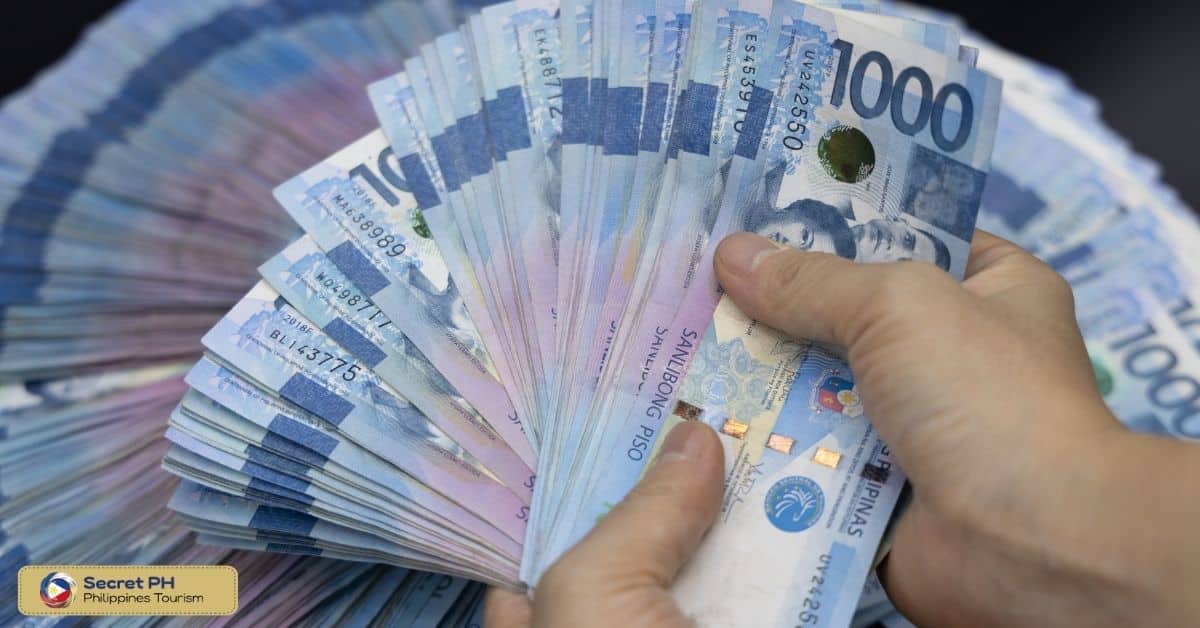
Benefits and Challenges of Using the Philippine Peso in International Trade
The Philippine Peso plays a major role in international trade as it is the primary currency used for transactions between the Philippines and its trading partners. The use of the peso has several advantages and disadvantages, which can be broken down into benefits and challenges.
| Benefits | Challenges |
| The Philippine Peso is widely accepted in international markets as a form of payment. | Exchange rate fluctuations can cause uncertainty in international trading transactions. |
| Its exchange rate tends to remain stable, making it reliable for foreign trade transactions. | Inflation could lead to a devaluation of the currency and put foreign investors at risk of losses. |
| It is relatively inexpensive to convert the Philippine Peso into other major currencies, making it cost-effective for traders. | The local banking system may not be able to keep up with the needs of international traders, resulting in delays and other issues. |
| The Philippine Peso is relatively accessible, making it easy to make transfers and payments. | Political instability could also cause uncertainty in the currency’s value and affect its acceptance in international markets. |
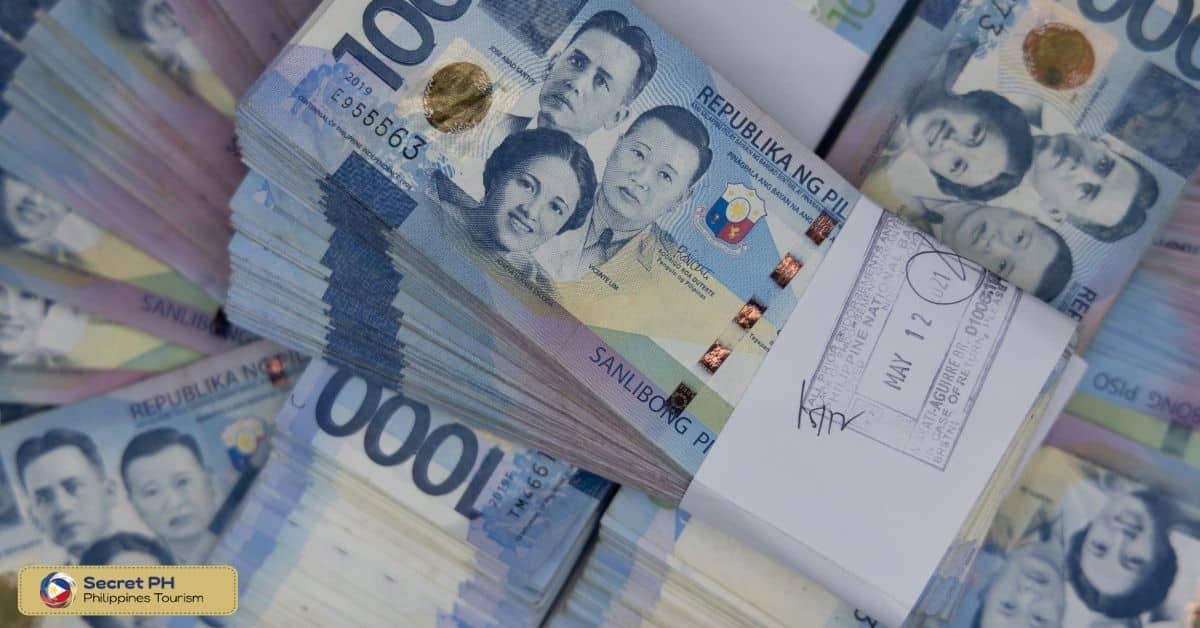
Strategies for Strengthening the Philippine Peso’s Position in International Trade
There are a number of strategies that the Philippine government can take to strengthen the peso’s position in international trade. These include:
1. Implementing sound economic policies- The Philippine government should strive to implement sound fiscal and monetary policies that encourage foreign investment and promote a strong economy.
2. Developing supportive infrastructure– It is important to have a strong financial infrastructure in place that can facilitate quick and secure foreign transactions. This includes having an efficient banking system, well-developed payment systems, and reliable communication systems.
3. Promoting the Philippine Peso through trade agreements– The government should work on developing more free trade agreements with countries around the world that will increase the demand for the Philippine Peso.
4. Establishing international reserves– The government should strive to maintain a healthy balance of foreign exchange reserves as this will help ensure stability in the currency’s value in international markets.
5. Limiting inflation– To keep the currency strong, it is important to keep inflation in check. This will help prevent the currency from losing its value over time, making it more attractive for foreign investors.
6. Improving transparency– The government should strive to make all economic policies and decisions clear and understandable so that investors can make informed decisions about their investments in the Philippine Peso.
7. Fostering international partnerships– The government should work on strengthening ties with other countries, both economically and politically, as this will lead to increased trade between the two nations and an overall stronger economy.
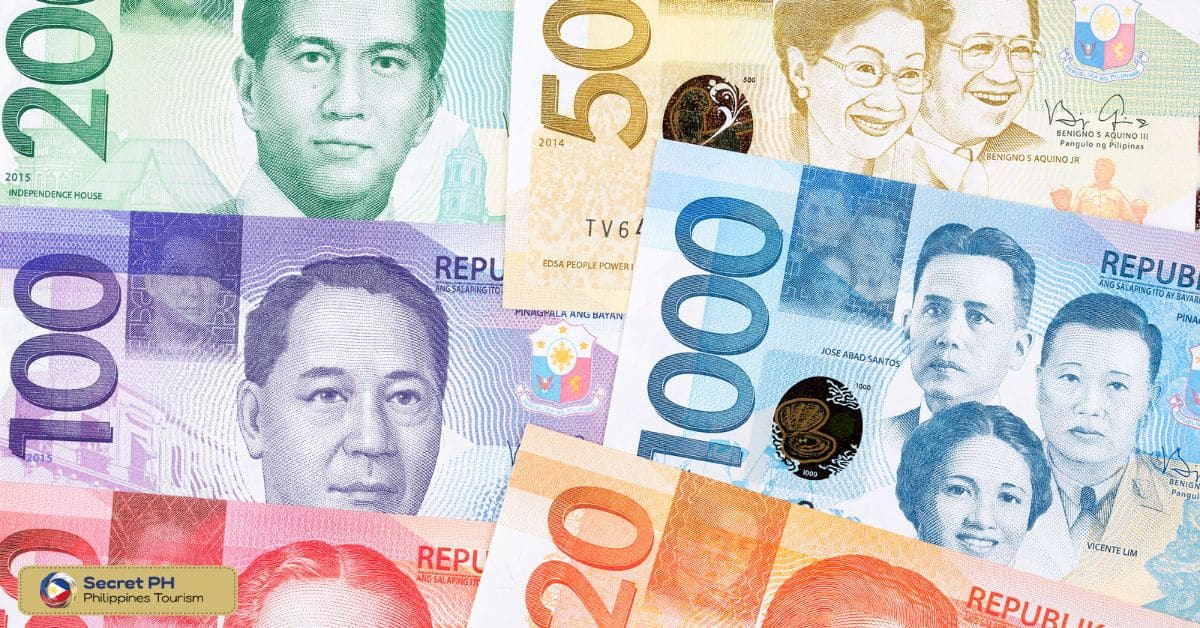
In conclusion
The Philippine Peso is an important currency in international trade due to its long history and relatively stable exchange rate. It has a number of benefits for traders such as being widely accepted and cost-effective for transactions.
However, there are also challenges associated with using it, such as volatility and political instability. By taking steps to strengthen the currency, such as developing supportive infrastructure and promoting free trade agreements, the Philippine government can ensure that it remains a desirable option for international transactions.

